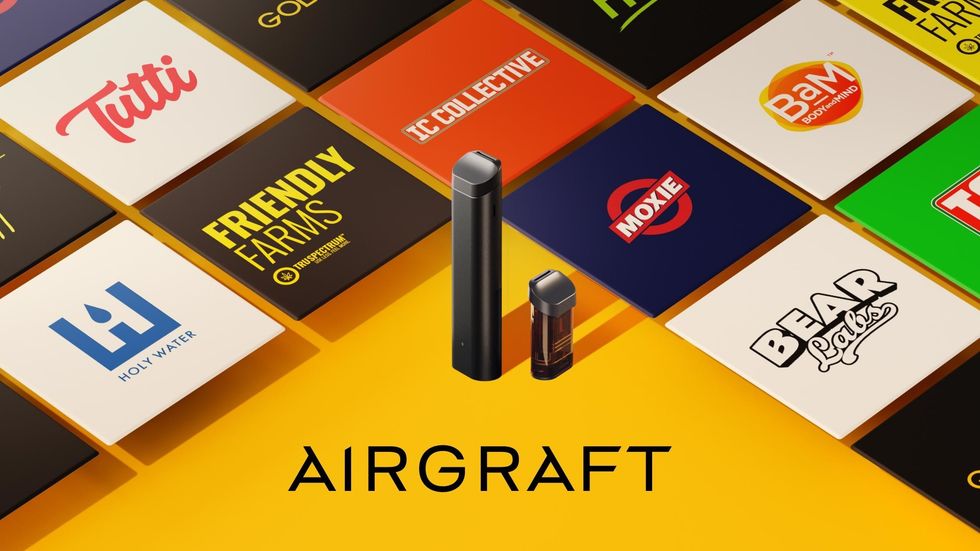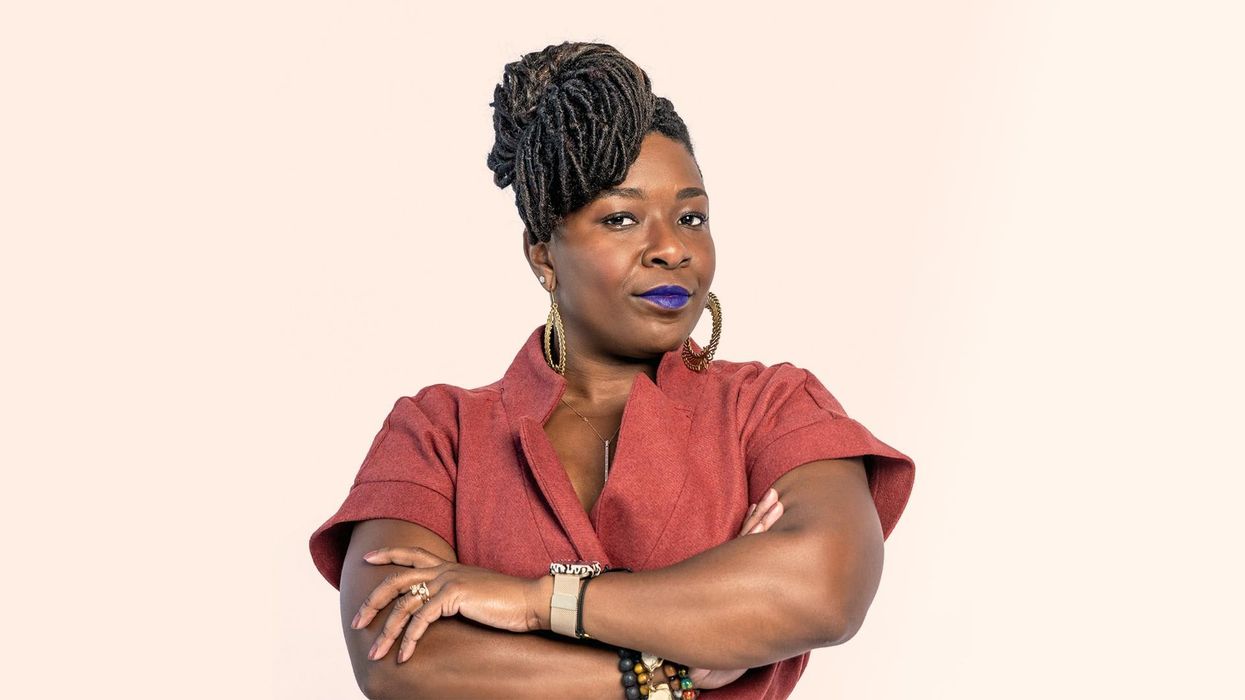This article was written bySloane Barbour, CEO and Founder, engin
Workers are flocking to jobs in cannabis for many different reasons. Some are attracted to the career opportunities, hoping to get in on the ground floor of an industry that’s expected to employ millions of people. Others are passionate about the plant and want to share their knowledge. Regardless of the inspiration, CareersInCannabis.com is witnessing between 800 – 1,000 job applications completed each day.
While the interest is there, many workers already employed in the industry find that their cannabis job doesn’t live up to expectations. The cannabis industry is unfortunately experiencing an annual turnover rate of 70 percent, a staggering number when compared to similar industries that witness a 40-50 percent turnover rate on average.
Why are cannabis industry employees so unhappy?
Analyzing Glassdoor reviews from the 12 largest cannabis companies on the platform (determined by number of employees), a few trends become clear.
Approximately 44% of the reviews were negative, with complaints about poor management, low pay, work-life balance concerns, lack of communication, and limited growth opportunities.
What can cannabis companies do to keep employees happy and reduce turnover (a costly expense that can add up to thousands of dollars per employee - not to mention its potential impact on customer experience)?
- Enhance management practices: Cannabis companies should invest in the rigth kind of training and leadership development programs to improve both hard and soft managerial skills, promote effective communication, and foster a positive and supportive management culture. Providing managers with the necessary training and support can positively impact employee morale and satisfaction throughout the organization.
- Improve communication channels: Encourage an open dialogue between employees and management and ensure that important information is effectively shared from top-down and bottom-up. Regularly update employees on company opportunities, growth, changes, and goals to foster a sense of transparency and involvement.
- Prioritize employee well-being and work-life balance: This could include offering flexible work arrangements, providing resources for mental health support, and promoting a healthy work-life integration.
- Foster diversity and inclusion: Implement policies and initiatives that support a diverse workforce and create an inclusive environment where employees from various backgrounds and perspectives feel valued and heard.
- Enhance compensation and growth opportunities: Review compensation structures to ensure they are competitive and aligned with both industry and regional standards. Offer fair and transparent opportunities for career growth and advancement within the organization. Promote a culture of meritocracy where employees are recognized and rewarded based on their skills, performance, and potential.
- Strengthen employee feedback and resolution processes: Establish effective mechanisms for employees to voice their concerns, provide feedback, and seek resolution. This could include anonymous feedback channels, regular surveys, or an open-door policy that encourages open and constructive communication.
It’s not all doom and gloom however, with 38% of the reviews expressing a positive sentiment, highlighting great coworkers, positive work environment, decent benefits, and learning opportunities.
The cannabis industry is still in its infancy and, like any infant, will experience some growing pains. But one of the most vital components to corporate success is having the right team in place. If cannabis companies can continue to attract eager and talented employees, and keep them happy, we will be better able to achieve the half a trillion-dollar industry we are working to build.
Sloane Barbour is the CEO and founder of engin, a recruiting software and management system focused on hiring and job development in emerging industries like cannabis.














 Airgraft has just disrupted cannabis concentrate vaping in more ways than one.
Airgraft has just disrupted cannabis concentrate vaping in more ways than one. The Airgraft 2 is proving to be a game-changer for cannabis resin vaping.
The Airgraft 2 is proving to be a game-changer for cannabis resin vaping. A lot of thought and expertise went into the design of Airgraft 2.
A lot of thought and expertise went into the design of Airgraft 2.

 Aligning cannabis with adult content does little to elevate the perception and acceptance of cannabis as a legitimate, respectable industry.
Aligning cannabis with adult content does little to elevate the perception and acceptance of cannabis as a legitimate, respectable industry. Aligning cannabis with adult content does little to elevate the perception and acceptance of cannabis as a legitimate, respectable industry.
Aligning cannabis with adult content does little to elevate the perception and acceptance of cannabis as a legitimate, respectable industry.